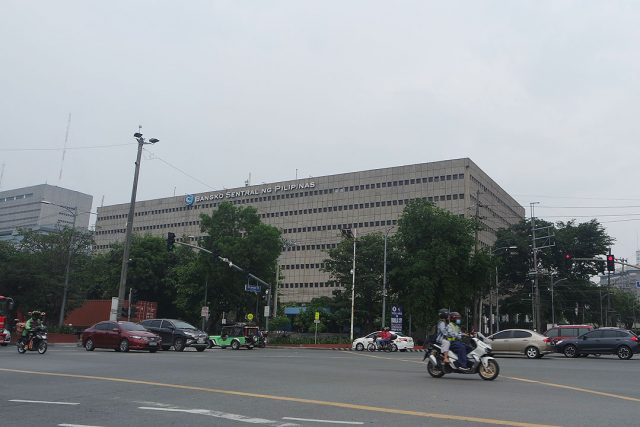BSP seeing concrete signs of rebound

Luz Wendy T. Noble,
Reporter
THE PHILIPPINES is seeing signs of economic recovery after almost two
years since a global coronavirus pandem
ic hit the world, according to the central bank.
“A year and a half since the onset of the COVID-19 pandemic, we are seeing concrete signs of economic rebound,” Bangko Sentral ng Pilipinas (BSP) Governor Benjamin E. Diokno told an online forum on research on Wednesday.
Amid weakened fiscal position and higher debt in many economies, structural and institutional reforms would be critical to jumpstart economic recovery, he said.
“A comprehensive package of reforms is vital to help reverse the expected impact of the pandemic on the long-term growth prospects of emerging markets and developing economies,” he added.
The various scenarios about the global economic landscape and government policy post-pandemic have discouraged foreign direct investments (FDI) and human capital accumulation due to disruptions in education, Mr. Diokno said, citing a paper by the International Monetary Fund.
The Philippines, he added, is studying the causes of FDI decline to “help us design the appropriate policy responses that would attract more FDIs and spur post-pandemic recovery.”
FDI inflows sank to a five-year low of $6.542 billion last year, when the world was forced to deal with the pandemic. Inflows have improved in recent months from their year-ago levels.
Latest data from the central bank showed July inflows climbed by 52% to $1.263 billion from a year earlier. This brought the seven-month level to $5.562 billion, 43.1% higher than a year ago.
“Lockdowns, supply chain disruptions, falling corporate earnings, economic uncertainties, and delayed investment plans were the primary reasons for the contraction,” Mr. Diokno said.
He added that the extent and persistence of the damage to potential output— now widely termed as “scarring”— would differ across countries amid varying policy responses.
Philippine economic output shrank by 9.6% last year, one of the worst in Asia and the Philippines’ deepest recession since World War II. Fitch Ratings in July changed its credit rating outlook for the country to negative from stable.
The economy grew by 11.8% in the second quarter from a year earlier, though it declined by 1.3% on a quarterly basis.
Mr. Diokno said the BSP stands with the government’s full-year growth targets of 4-5% and 7-9% for 2021 and 2022.
FDI
He said certain industries including business process outsourcing (BPO) could contribute to recovery.
“The industry holds much promise in terms of moving up to higher value-added activities in the global supply chain of business services,” he said.
BPO receipts are expected to grow by 5% in 2021 and 2022, based on BSP projections. Dollar inflows from such transactions are crucial in supporting the country’s external payment position, aside from travel receipts and remittances.
A country’s larger market size could increase FDI inflows, Hazel C. Parcon-Santos, a senior central bank researcher, told the forum. A higher credit rating could also prompt investors to boost investments, she added.
Ms. Santos cited BSP research showing strong evidence about how a high corporate income tax and foreign equity restrictions hit FDIs.
“We also found that foreigners invest in destinations that have good quality of human capital, less corruption, better rule of law and higher quality of infrastructure,” she said.
Ms. Santos said the market size of a country and its location matter a lot to investors from Japan, Singapore, China, Hong Kong, South Korea, Malaysia, Taiwan, India and Indonesia.
Investors from the US, UK, Canada, Australia, the Netherlands and Luxembourg focus more on sovereign credit ratings, minimum wage, inflation, corruption and rule of low, and infrastructure, she added.
